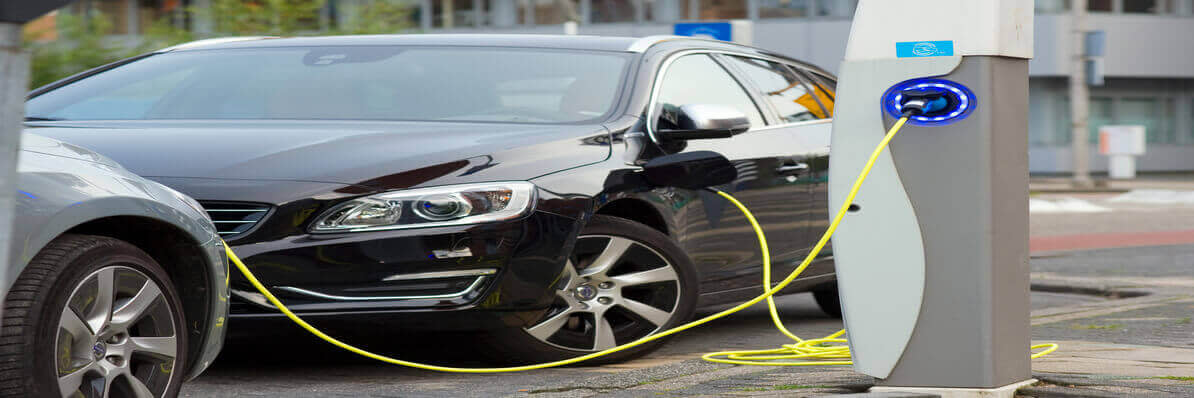How safe are electric vehicles?
Electric vehicles may be sleeker, ecological and offer us the chance to move away from fossil fuels, but they are still dangerous to both the driver and the pedestrian.
We all know cars are dangerous, but automakers have put considerable effort into making sure they are safer, including developing life-saving technology like seatbelts and airbags. We all accept that for all the luxury of being able to travel wherever we want on our road infrastructure, cars are still able to cause irreparable damage and can be the cause of a loss of life.
While electric vehicles (EVs) are our ticket to move away from using fossil fuels to traverse the country, or the world, they still come with their own set of hazards. The main one focusses on the Li-ion batteries.
To create the power needed to fuel a car, the Li-ion batteries have high energy densities, meaning that the amount of energy packed into each battery is large in relativity to its size. While it is this characteristic that means Li-ion batteries are perfect to power EVs, it also means that they have the properties similar to an explosive.
But developers know this; that’s why Tesla, Ford, Nissan and Volvo are installing precautionary devices. These include fuses and circuit-breakers that disconnect the batteries when collision detectors indicate the battery pack is going to be damaged and installing measures to keep the batteries cool. The hotter the batteries, the more likely they are to explode. Tesla and Ford, for example, circulate radiator-chilled coolant through the battery pack to keep the temperature as low as possible. Separating the batteries out is also a safety precaution; by keeping the batteries secure in their own steel cases it prevents fire from spreading through the entire pack.
Another safety issue – with its own safety standards – is making sure that the chassis is isolated from the high-voltage system so that in a crash, drivers and passengers are not electrocuted. Finally, electric vehicles are quieter than their fuel counterparts, so The National Highway Traffic Safety Administration is studying ways to address this issue, such as requiring EVs to emit audible sounds at low speeds.
While these issues with EVs sound troublesome, an array of precautionary measures and internally built systems are there to counterpoint these problems, with the hope that they will never need to be used. For example, Volvo’s new C30 DRIVe Electric locates the battery pack as far as possible from the car’s crumple zone and EVs are usually built with a lower centre of gravity than fuel vehicles, meaning they are less likely to roll over, improving ride quality and definitely safety.
What do you think – Are electric vehicles as safe as you would like, or would you prefer they were a little more secure? Let us know by tweeting to @TheFuelcardCo
